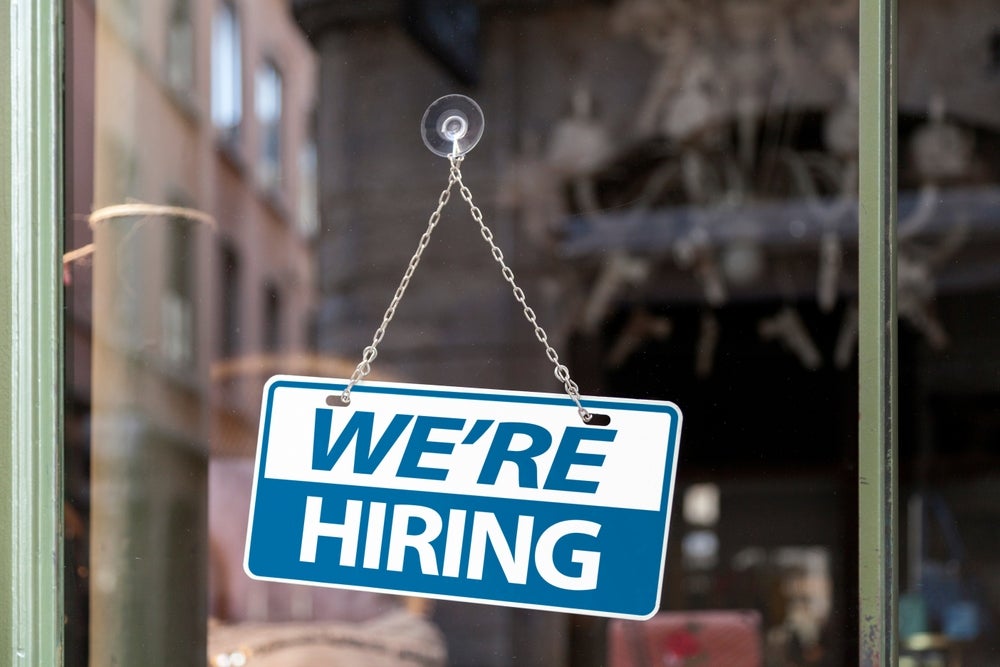The global Business-to-Consumer (B2C) eCommerce market size will be valued at $6.5tn in 2023 and is expected to grow at a compound annual growth rate (CAGR) of 9.1% during 2022-2026.
To accommodate and aid this immense growth, the eCommerce market desperately needs advanced search tool technologies to simplify online shoppers' buying journeys.
Currently, the eCommerce market is struggling when it comes to visually complex products that are hard for consumers to describe using words and categories.
AI deep tech company Miros is aiming to help consumers avoid having to translate their wishes in order to cater to the needs of computers. The goal is for users to instead interact with computers in a humanly intuitive, conversational fashion.
Miros co-founder and COO Diana Saarva tells Retail Insight Network about the psychology behind eCommerce and how AI can transform search tools.
What is the psychology behind online shopping?
Diana: Online shopping is a medium of efficient buying for the ‘smart consumer’. It enables people to explore a catalogue of a retailer’s entire stock in minutes, whether from the comfort of their homes or while they commute to work. The psychology behind this is inherently linked to simplicity, easy accessibility and pure convenience.
This is most definitely the case for the younger generation, who have always been exposed to digital shopping experiences and don’t know any different. E-commerce sites that provide quick, cheap and brand-new collections every week make customers return to the site daily due to feeling obliged to keep up with trends that fast fashion brands churn out daily.
It's all about being able to buy big at little cost frequently, in hopes of maintaining a constantly updated wardrobe without a big price tag.
For the majority of shoppers, in-person shopping raises too many barriers when compared to online shopping. The online experience allows them to shop as fast or slow as they want, spend as long as they wish in the store, and jump from different sections as they please. These behavioural factors - proven by psychology- instil a sense of personal control over a person's environment, which in-store shopping lacks.
Consumers’ ability to instantly jump from website to website for price comparisons makes them obtain greater awareness of the cost of the goods they’re after. This happens especially when a huge part of increased site traffic involves limited-time sales, promotional codes and other offers that ensure a cheaper and more satisfactory shopping experience.
What do shoppers need from online search tools?
Diana: From a business perspective, the accessibility factor of a website is imperative. A necessary aspect of ensuring a positive shopping experience is, of course, the visual aspect of the platform. If a website is laid out in a user-friendly manner and is easy to navigate - a consumer will most likely return.
But, even so - efficient navigation must be met with an equally satisfactory retrieval of products. If a customer uses the website to its optimum capacity, using filtering tools including size, colour and product types filters, and the products they desire aren’t tagged or displayed to them, that could be an instant put-off. So, a visually appealing platform that works to the users' needs showing them exactly what they want, is what shoppers need from online search tools.
Even shoppers who tend to buy offline, use online shopping as an incentive to purchase in-store. The price, product ratings, reviews and in-store availability all act as key motivators for those who still rely on trying on and buying the clothes in real-time.
How can AI be used to simplify online retail?
Diana: Not long ago, filtering tools on sites would suffice in aiding a user journey - but that’s mainly because consumers didn’t know any better. These tools were the best they could get and would do an okay job. However, this would only prolong the online shopping process, which ironically gains traction by using efficiency and simplicity to advertise and attract customers.
Today, as eCommerce becomes far greater saturated with retail websites, selling thousands of clothing items, it makes online shopping more difficult. Too many choices, and too many actions to take - to get to the item of clothing the customer eventually buys. Most customers easily give up the search when bombarded with the hassle of choosing, especially with the older demographic who have become accustomed to the in-store experience.
Instead of the many filtering tools that waste time and complicate the shopping journey, AI can support the consumer by predicting consumer spending habits, analysing the latest fashion trends, and predicting future ones, showing them to customers instantly.
AI can also be used to answer customer service requests and streamline purchase fulfilment. And in e-commerce, AI is the answer to optimised personalisation without the need for invasive technology like cookies, providing a safer online space that suits and prioritises the needs of its customers.
Overall, AI can achieve increased user site traffic by providing more accurate recommendations. A specific example is visual AI, which can speed up the process of finding products the customer is looking for by making product recommendations based on what the user is browsing.
Additionally, AI can offer customers complimentary products or free shipping offers when browsing a particular product line. It is a powerful way to lower cart abandonment.
Using AI and integrating it within e-commerce sites is a paramount step in enabling online store purchasing to be as reliable as in-store.











